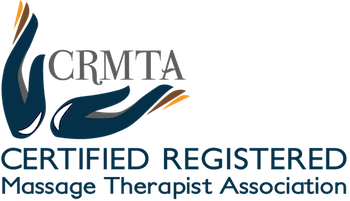This pages outlines all policies and procedures related to the association.
Reinstatement Policy
The Reinstatement Policy outlines the procedures and criteria for the reinstatement of members who have been suspended for alleged misconduct.
The purpose of
this Policy is to prioritize the safety and interests of the public while upholding the rights and
integrity of our Members.
Treatment Consent Form
As part of our commitment to providing a safe, respectful, and professional environment, we require all clients to review and sign this Informed Consent document prior to receiving treatment on Sensitive Areas. This document outlines the approach to sensitive areas, and ensures that you, the client, understand and agree to the terms of your treatment.
Anti-discrimination policy
The Certified Registered Massage Therapist Association (CRMTA) is committed to ensuring
that all individuals seeking massage therapy services through our CRMTA Members (Members)
are treated with respect, dignity, and without discrimination.
Draping Procedure
Draping is a critical aspect of massage therapy, ensuring client comfort, privacy, and
professionalism.
The draping procedures outlined herein are in addition to the procedures required under
Section 11. Patient Privacy set forth in the CRMTA Standard of Practice.
